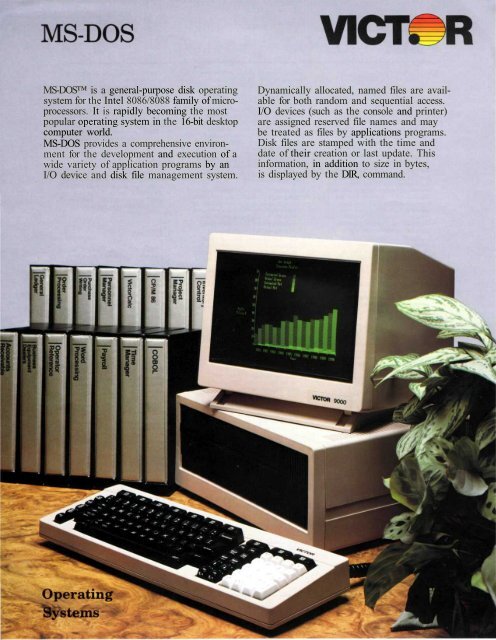

- #DOS DISK SIZE COMMAND FULL#
- #DOS DISK SIZE COMMAND FREE#
- #DOS DISK SIZE COMMAND WINDOWS#
This sector is called the Master Boot Record (MBR), or Master Boot Block (MBB), or Partition Table.Ī small program is stored at the beginning of this sector and the partition table is stored at the end of this sector.
#DOS DISK SIZE COMMAND WINDOWS#
WARNING: Writing the master boot record to the hard disk in this manner can render certain hard disks partitioned with SpeedStor unusable! It can also cause problems for some dual-boot programs (including Windows 95) or for disks with more than 4 partitions!ĭuring the bootup sequence, at the end of the ROM BIOS bootstrap routine, the BIOS will read and execute the first physical sector of the first available floppy or hard drive on the system.
FDISK /MBR įDISK /MBR recreates the boot sector of the first (bootable) hard disk overwriting it with a fresh copy, by writing a new Master Boot Record (MBR) based on existent disk structure, without altering the partition table information.Ĭan be used to repair a damaged/corrupted MBR (i.e. 
Use /LOGO:n instead of /LOG:n and/or /PRIO:n instead of /PRI:n to ignore FAT information in case of disk access errors.


PRIO:n and /LOGO:n default to FAT16 even on partitions larger than 512 MB, same as older MS-DOS 5.00/6.xx FDISK. ONLY IF using Windows 95B OSR 2.0 + MS-DOS 7.10 or newer: /PRI:n and /LOG:n default to FAT32 on partitions larger than 512 MB, or to FAT16 on partitions smaller than 512 MB.Only one FDISK "LOG" is allowed per EACH logical drive! Therefore on computers with more than one logical drive you MUST run a separate FDISK x /LOG:n (or /LOGO:n) command for EACH installed drive./EXT:n and /LOG:n (or /LOGO:n) partition sizes MUST be identical.
#DOS DISK SIZE COMMAND FREE#
Maximum partition size MUST be equal to or smaller than existing free disk space. If using FAT32 maximum size allowed is 2,047 GB (2 TeraBytes). If using FAT16 maximum size allowed is 2,047 MB (2 GigaBytes). /LOGO:n = creates a logical drive in the extended partition of size n (in MegaBytes) while overriding FAT16/FAT32. /LOG:n = creates a logical drive in the extended partition of size n (in MegaBytes). /EXT:n = creates an extended partition of size n (in MegaBytes) which holds logical partition(s). /PRIO:n = creates a primary partition of size n (in MegaBytes) and makes it bootable (active) while overriding FAT16/FAT32. /PRI:n = creates a primary partition of size n (in MegaBytes) and makes it bootable (active). Drive 1 corresponds to the 1st hard disk installed (C), drive 2 to second hard disk (D). FDISK x /PRI:n (/PRIO:n) /EXT:n /LOG:n (/LOGO:n) įDISK x /PRI:n (or /PRIO:n) /EXT:n /LOG:n (or /LOGO:n) MUST be used together for proper operation. This can be used to force FDISK to create FAT32 partitions smaller than 512 MB, normally not possible by default. FDISK /FPRMT įDISK /FPRMT bypasses the FDISK startup screen, but enables interactive FAT16/FAT32 support. #DOS DISK SIZE COMMAND FULL#
Use ALL FDISK.EXE command line switches with CAUTION, ONLY from native/real MS-DOS mode, NOT from a Windows DOS box/session, even full screen!. BACKUP ALL YOUR DATA TO A SAFE LOCATION FIRST!.








 0 kommentar(er)
0 kommentar(er)
